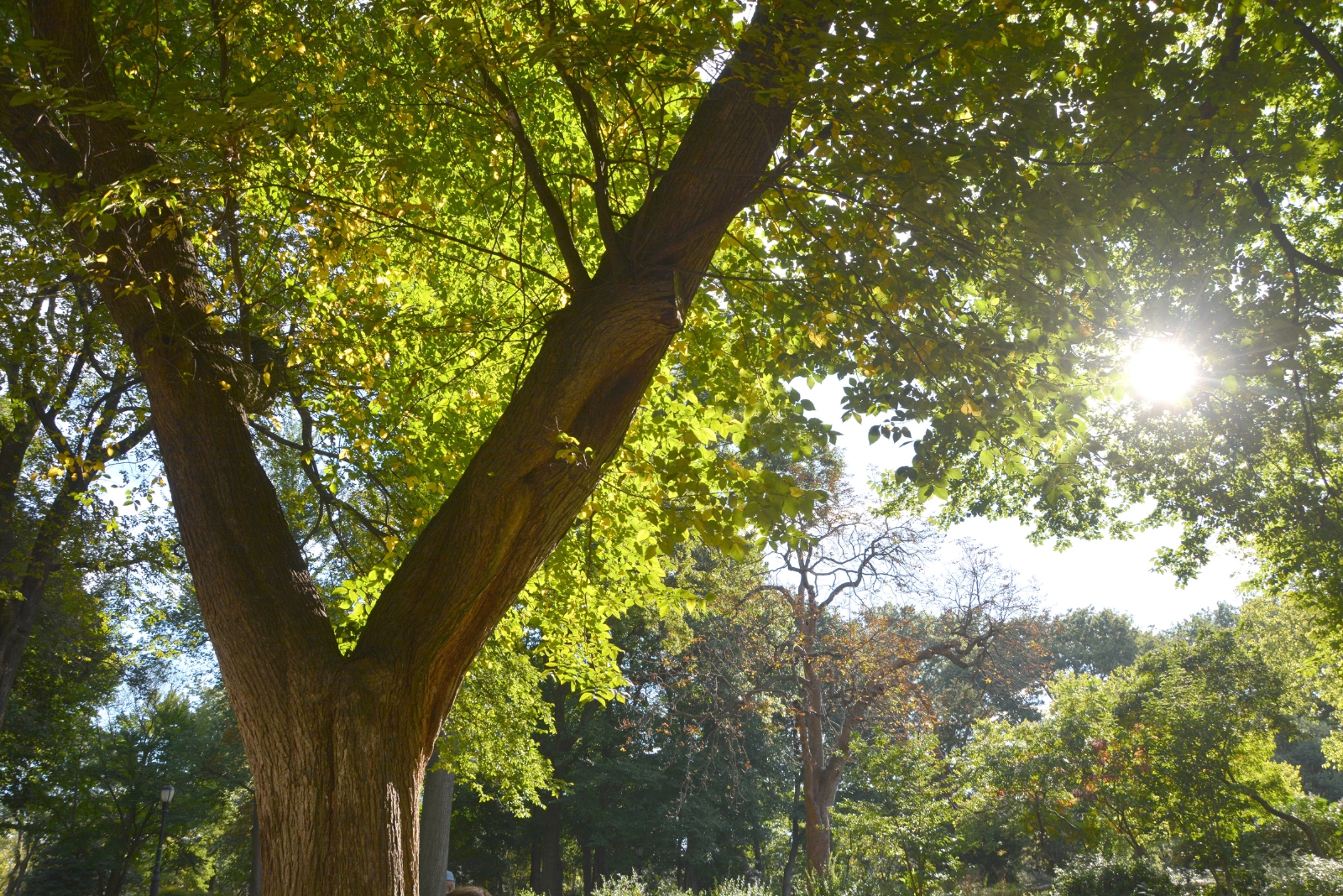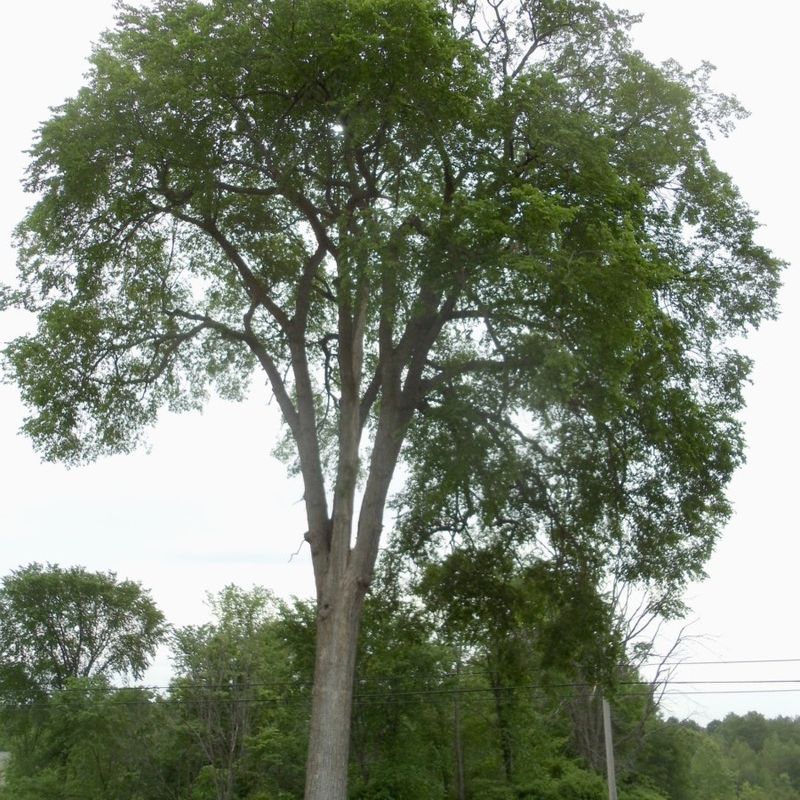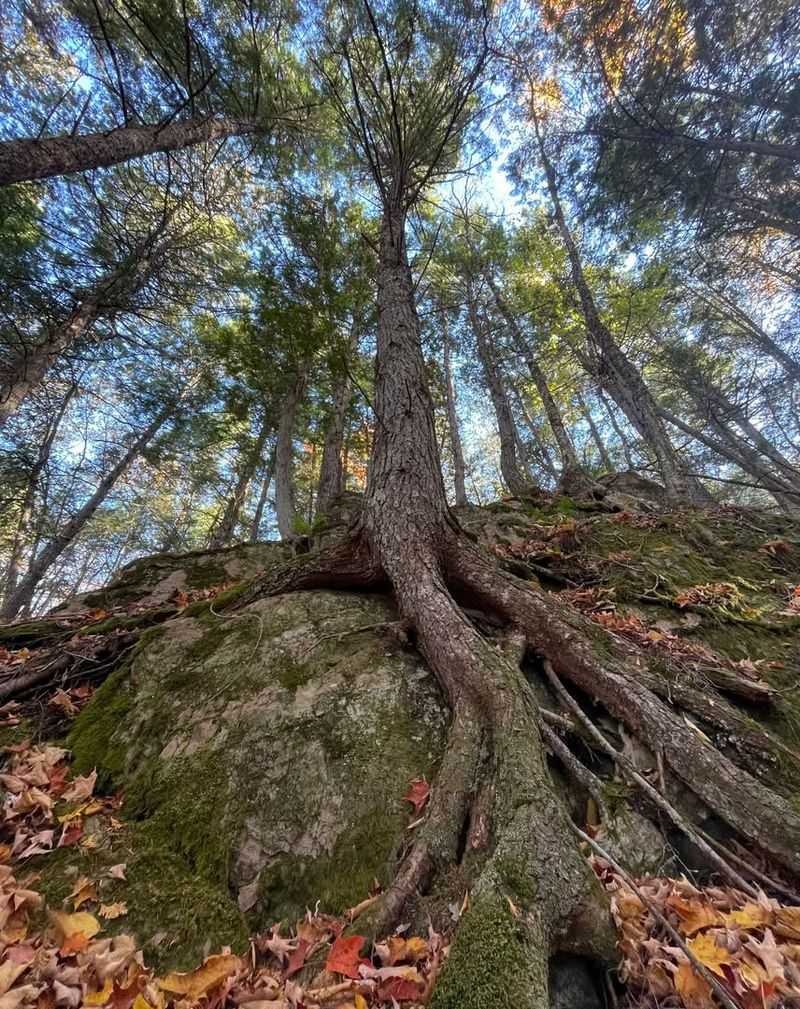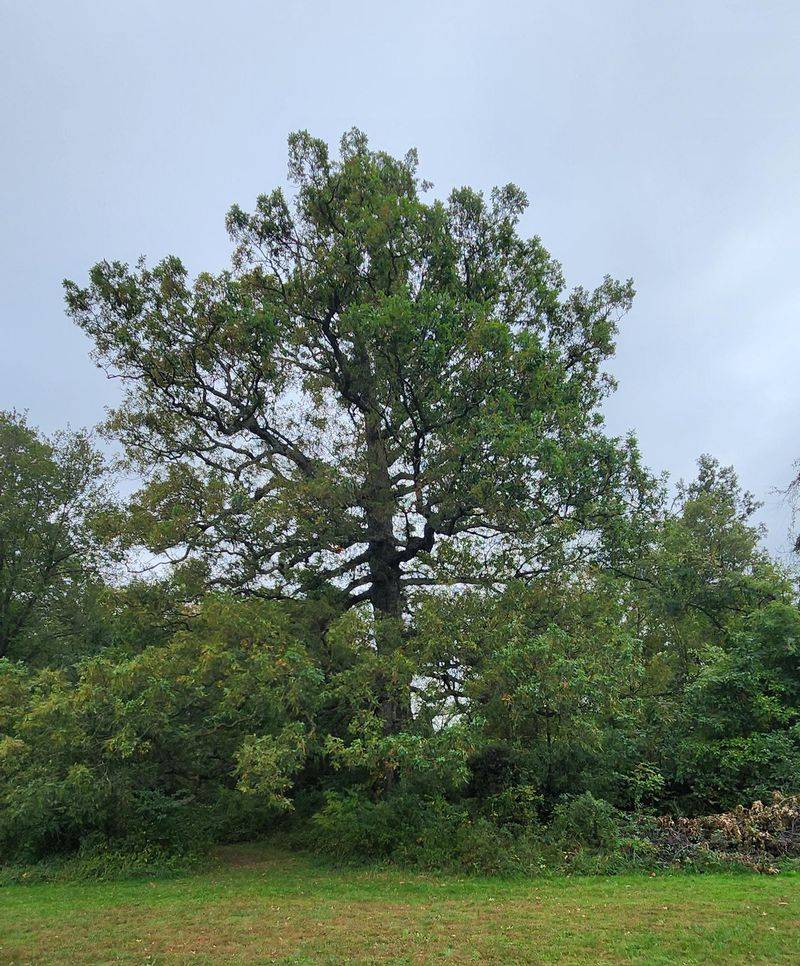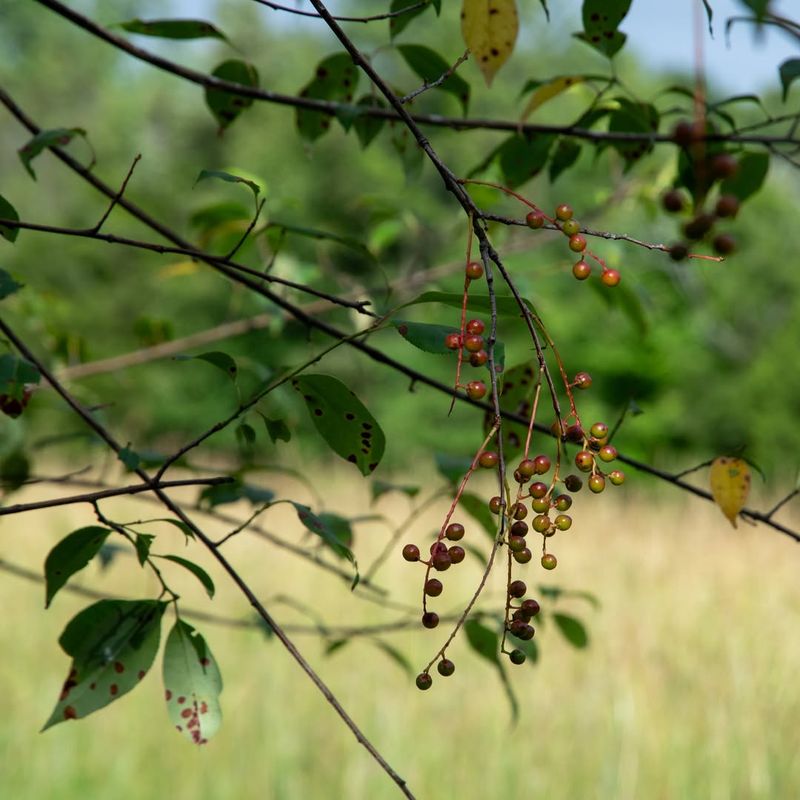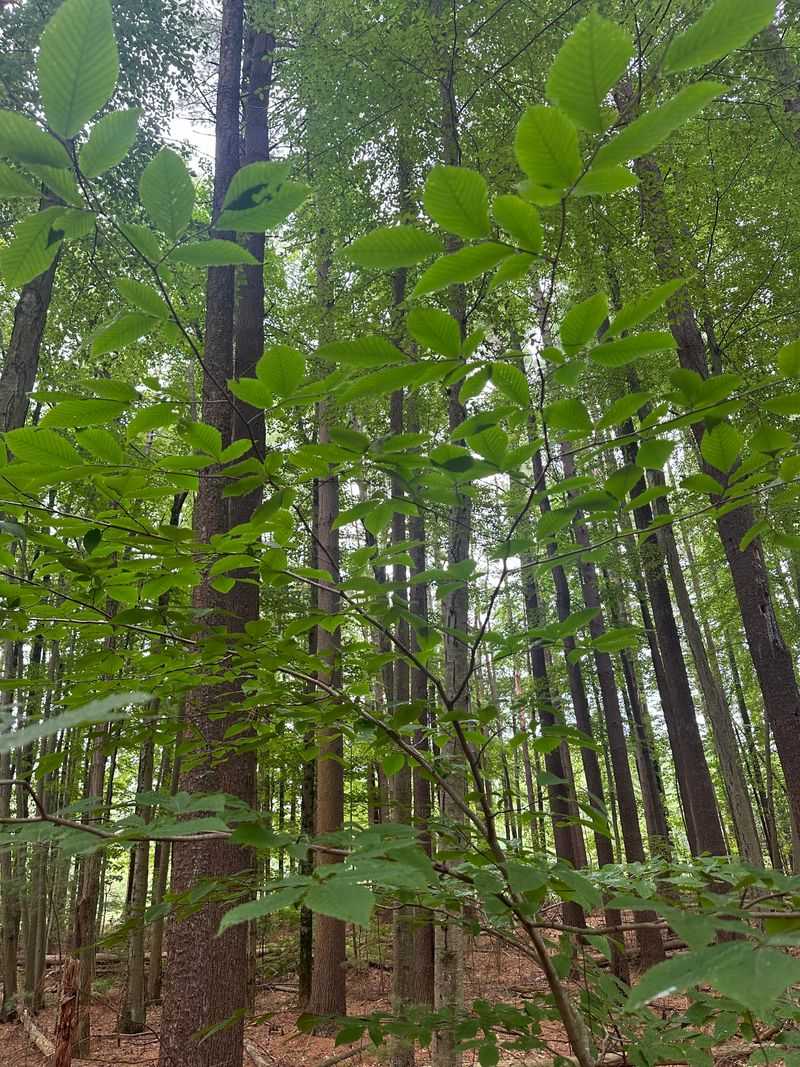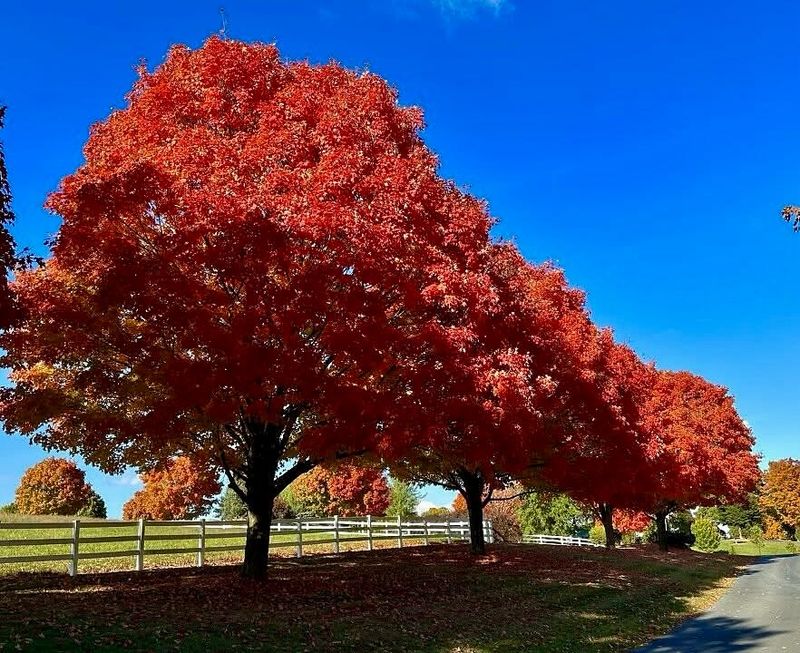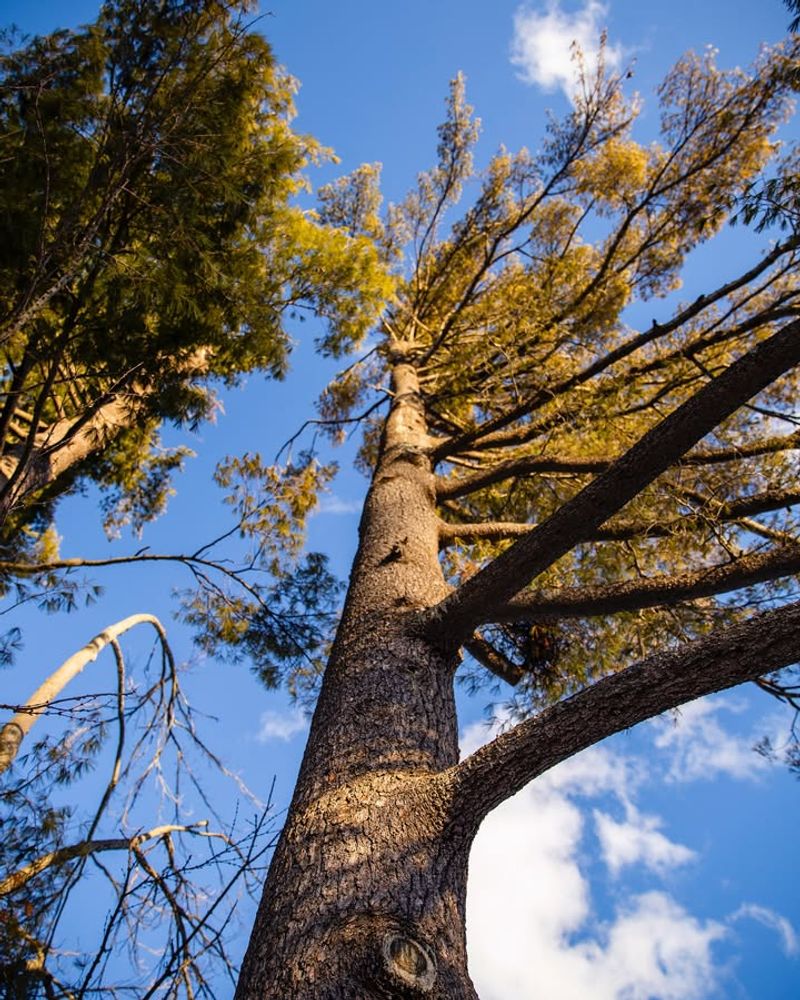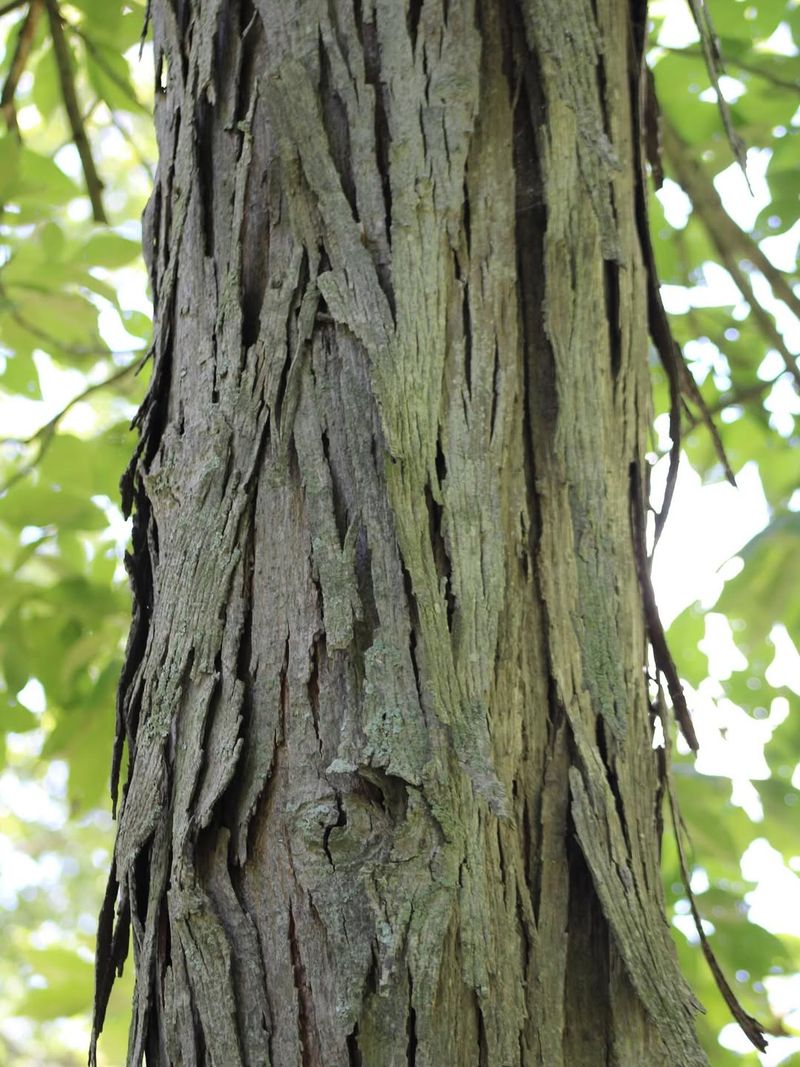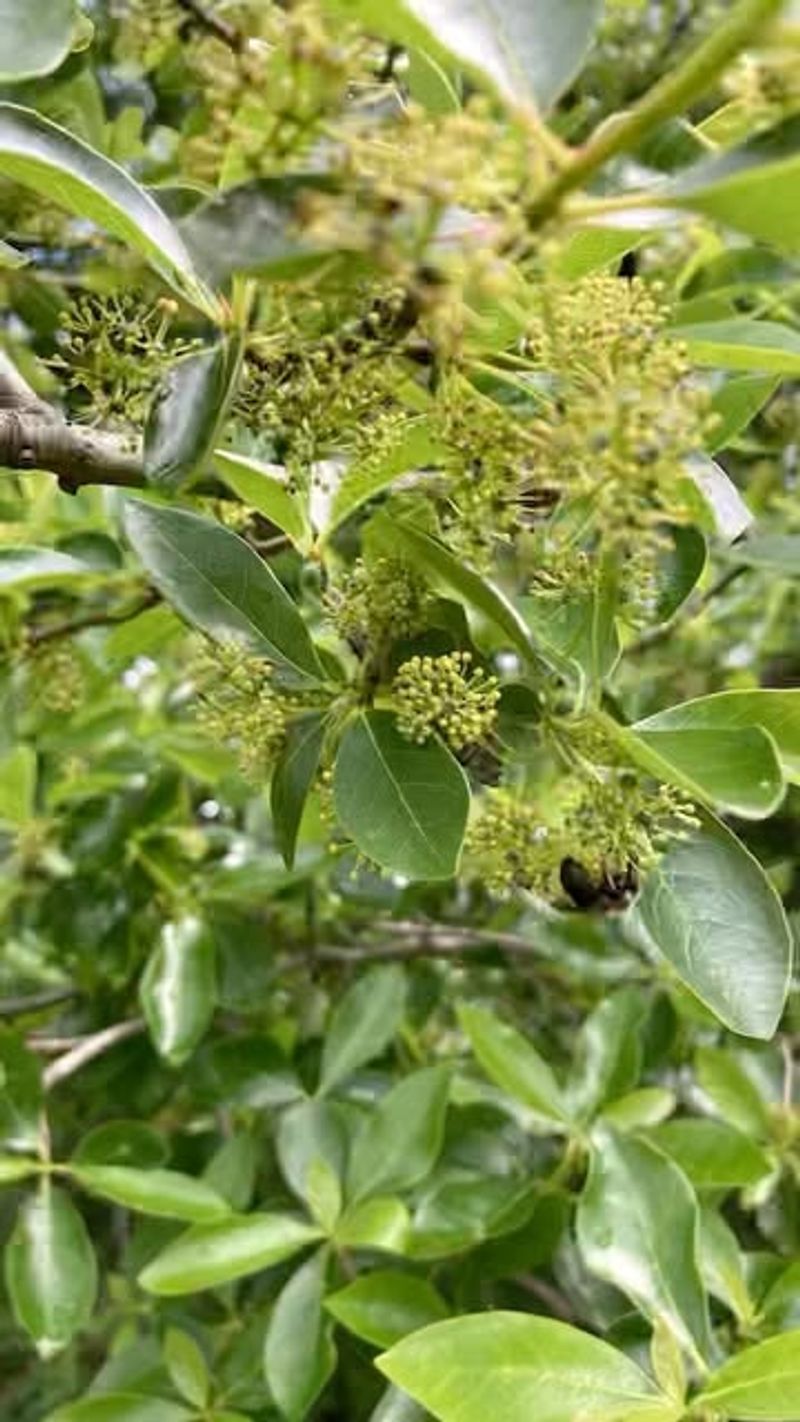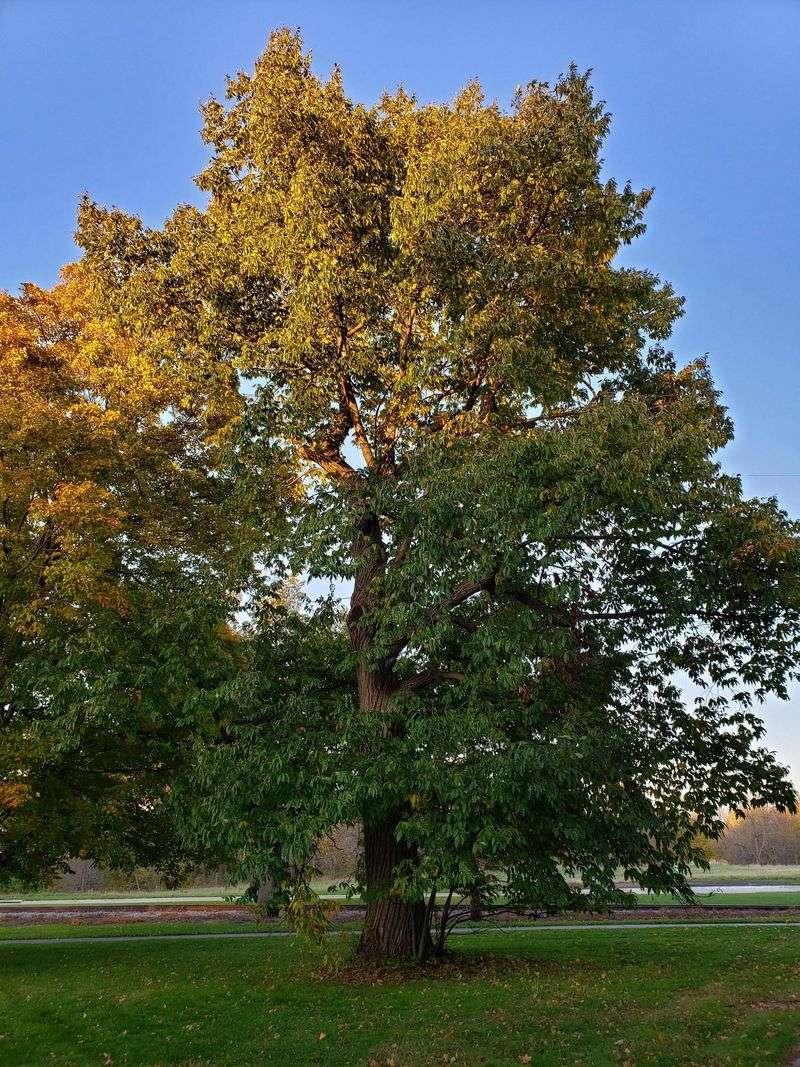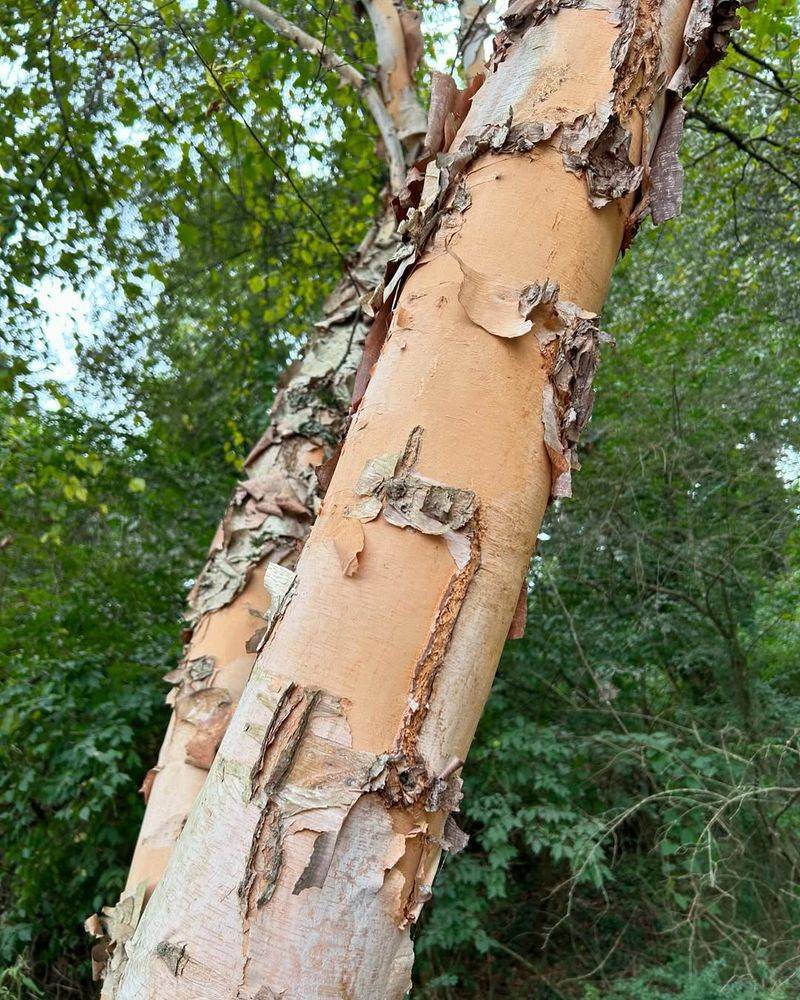Some trees in Massachusetts come with strict rules you might not expect. One wrong move and you could face a hefty fine.
I’ve rounded up eleven trees that homeowners should think twice about before touching. Keep your Massachusetts yard safe and legal while still looking amazing.
1. American Elm
Once the pride of New England streets, American Elms tower over Massachusetts neighborhoods with their graceful, vase-shaped crowns. Many communities across the state have designated these majestic trees as protected landmarks because of their historical significance.
If your property has one of these beauties, you’ll likely need special permission before removing it. Massachusetts towns often require permits and arborist reports proving the tree poses a genuine safety hazard.
Fines for unauthorized removal can exceed $10,000 in some municipalities.
2. Eastern Hemlock
Eastern Hemlocks create shady sanctuaries in Massachusetts forests, providing critical habitat for countless creatures. State regulations protect these evergreens on public lands, and many private properties fall under conservation restrictions too.
Check your deed carefully—you might have inherited protection requirements from previous owners. Massachusetts environmental agencies monitor these trees closely because they stabilize stream banks and prevent soil erosion.
Removing one without authorization could result in both state and local penalties that add up quickly.
3. White Oak
White Oaks can live for centuries, and Massachusetts takes their preservation seriously. Several towns classify mature White Oaks as heritage trees, meaning they’re automatically protected once they reach a certain trunk diameter.
Property owners often discover these restrictions only when applying for building permits or planning landscaping changes. The wood is valuable, which ironically makes illegal cutting more tempting and penalties more severe.
Always consult your local tree warden before making any decisions about removal in Massachusetts.
4. Black Cherry
Black Cherry trees produce fruit that feeds dozens of bird species throughout Massachusetts. State wildlife protection laws sometimes extend to trees that provide essential food sources, making removal complicated.
The dark, scaly bark and white flower clusters make identification fairly straightforward in spring. Massachusetts forestry regulations often protect these trees in areas designated as wildlife corridors or conservation zones.
Before removing any tree producing berries or nuts, verify whether wildlife habitat protections apply to your property’s location.
5. American Beech
With smooth gray bark that practically begs for carved initials, American Beeches hold special status in Massachusetts conservation areas. Many properties near state parks or forests have easements that specifically protect these native trees.
The nuts they produce are crucial food for wildlife preparing for harsh New England winters. Massachusetts environmental laws consider the broader ecosystem impact when regulating tree removal.
Even on private property, cutting a Beech might violate wetland or watershed protection rules you didn’t know existed.
6. Red Maple
Red Maples are everywhere in Massachusetts, but that doesn’t mean you can freely cut them down. Towns across the Bay State have diameter limits—once a Red Maple reaches a certain trunk size, it becomes protected.
These trees grow near wetlands and streams, triggering additional state environmental protections. Massachusetts wetland regulations extend surprisingly far from visible water, sometimes covering trees that seem nowhere near streams.
Always request a wetland delineation before removing any tree on your property to avoid costly violations.
7. White Pine
As Massachusetts’ state tree, White Pines receive special consideration throughout the Commonwealth. Colonial history buffs know these trees were once reserved for British ship masts, and modern laws continue protecting the tallest specimens.
Many Massachusetts towns prohibit removing White Pines over 24 inches in diameter without permits and replacement plans. The soft needles and straight trunk make identification easy.
Penalties for unauthorized removal in Massachusetts include fines, mandatory replanting, and potential liens on your property until compliance is achieved.
8. Shagbark Hickory
Named for its distinctive peeling bark, Shagbark Hickories are becoming increasingly rare in Massachusetts. Conservation commissions often protect remaining specimens because they support specialized wildlife that depends on the nuts.
If your property includes mature Hickories, previous owners may have accepted tax breaks in exchange for conservation restrictions. Massachusetts maintains registries of protected properties, but homeowners don’t always receive clear notification.
Research your deed thoroughly and contact your town hall before planning any tree removal projects in the Bay State.
9. Black Tupelo
Black Tupelos thrive in Massachusetts wetlands, displaying spectacular fall colors that rival any Sugar Maple. Their preference for wet soils means they’re almost always protected under state wetland regulations.
The Massachusetts Wetlands Protection Act creates buffer zones extending 100 feet from water bodies, covering most Tupelos. Property owners often underestimate how far these protections reach beyond obvious swamps or streams.
Cutting a Black Tupelo without proper permits can trigger enforcement actions from multiple state and local agencies simultaneously in Massachusetts.
10. American Chestnut
Once dominant across Massachusetts, American Chestnuts are now rare survivors of a devastating blight. Any remaining trees receive extraordinary protection because scientists are working to restore this species.
Massachusetts participates in breeding programs, and property owners with Chestnuts might be contacted by researchers. Removing one of these trees without authorization could violate both local ordinances and state endangered species protections.
If you discover an American Chestnut on your Massachusetts property, contact conservation authorities—it might be historically significant beyond measure.
11. River Birch
River Birches grow along Massachusetts waterways, where their roots prevent erosion and filter runoff. State environmental regulations protect trees within stream buffers, making River Birch removal particularly tricky.
The peeling, cinnamon-colored bark makes these trees visually distinctive and easy to identify year-round. Massachusetts stormwater management laws sometimes require maintaining existing trees rather than implementing engineered solutions.
Removing a River Birch could force you to install expensive erosion controls to replace the natural protection it provided in the Bay State.

